Although they are somewhat related, the edge rate is more important than the frequency. A low frequency line may still need a terminator if the edges are fast. There are some rules of thumb that I don't remember off the top of my head, for 20+ years, other designers have been handling these details for me (edit, I looked it up in the book, see below). The other important factors are the trace length, and how tolerant the receiving end is to overshoot/ringing. Electrical noise generated from ringing is usually a secondary consideration.
A clock input is usually not very tolerant to ringing (can double-clock). On any input, the overshoot may exceed the recommended input voltage rating of the part. In some cases, the part can be damaged or malfunction. Other parts seem to work just fine when the voltage rating is exceeded. If you are designing something critical, you should follow all the rules, if you are hacking on a home project, you can bend the rules more.
For a series terminator, the source impedance of the output plus the terminator resistance should equal the characteristic impedance of the trace. Typical values are 20, 30, and 50 ohms respectively.
An excellent book is: High-Speed Digital Design, A Handbook of Black Magic, by Howard Johnson and Martin Graham.
According to the book: If the line length exceeds one-sixth of the electrical length of a rising edge, terminators are needed. Propagation speed in a typical PWB is 2 ns per foot, or 1 ns per 6 inches. So, a signal with 1 ns rise time should have a terminator if it is longer than 1 inch. A 48 MHz square wave probably has a rise time of about 2-4 ns. Much longer and it will be a really crappy square wave. It could be shorter, look at the specifications of the driving component. Assuming 2 ns, 2 cm is quite a bit shorter than 2 inches, I don't think that a terminator is necessary.
